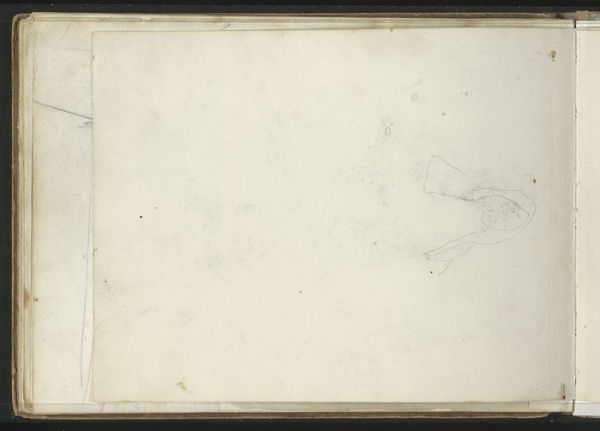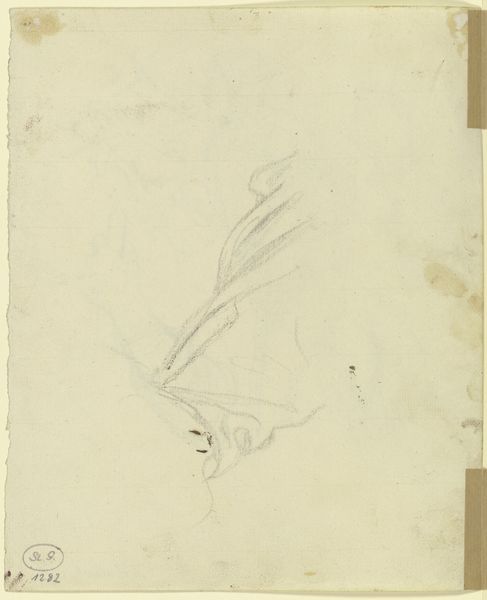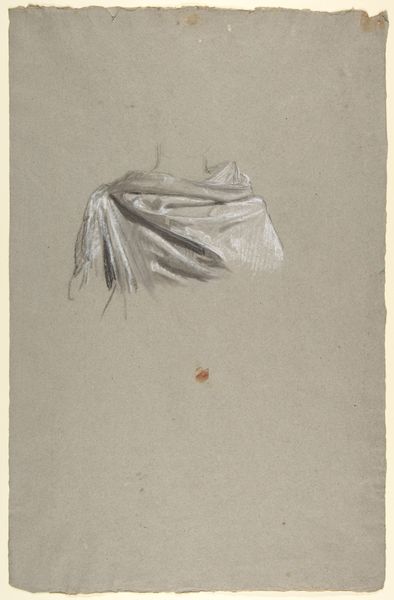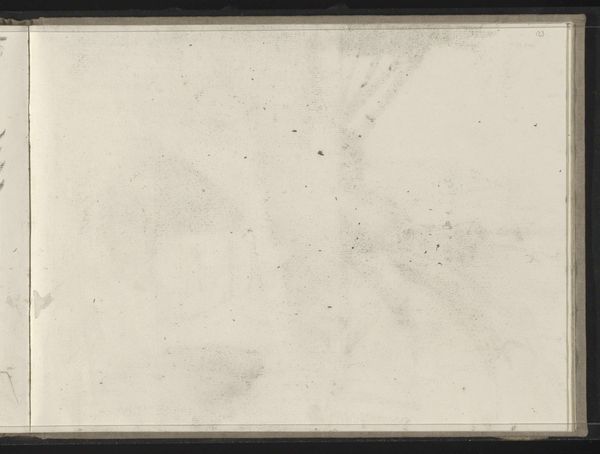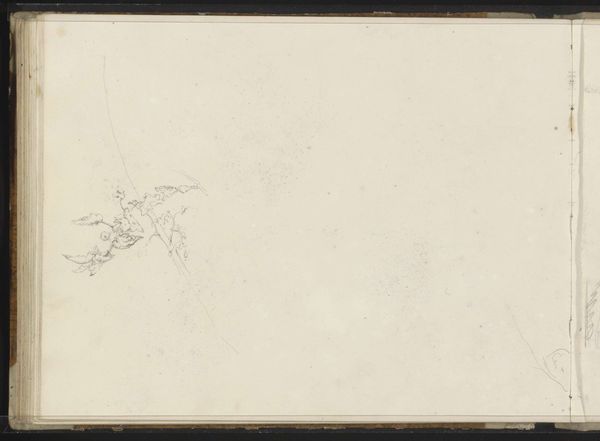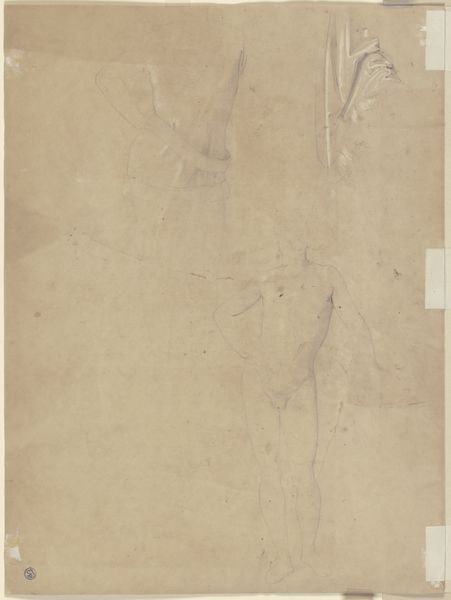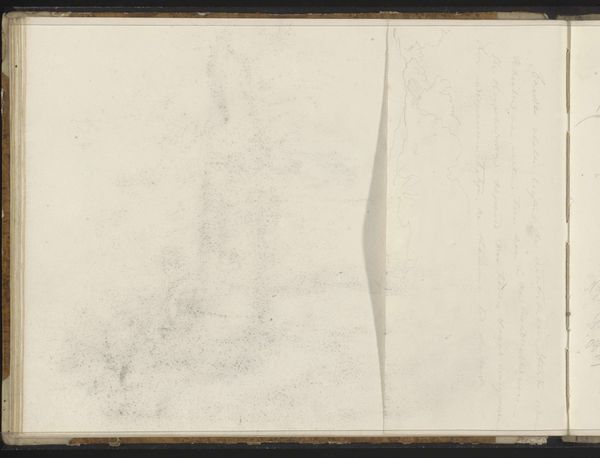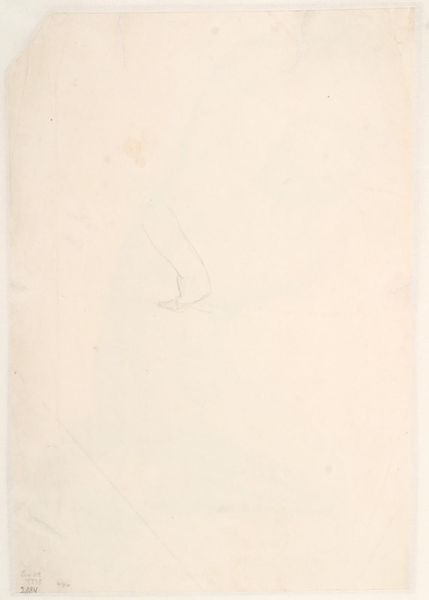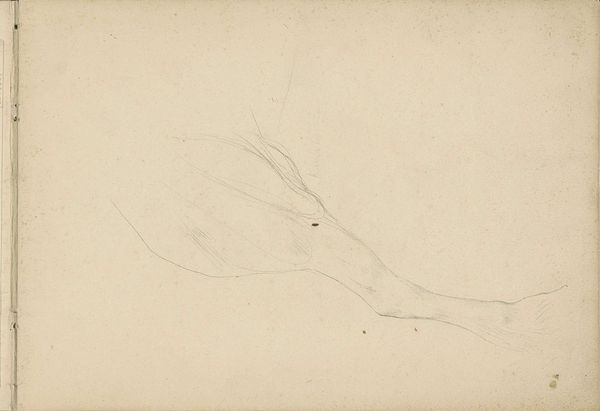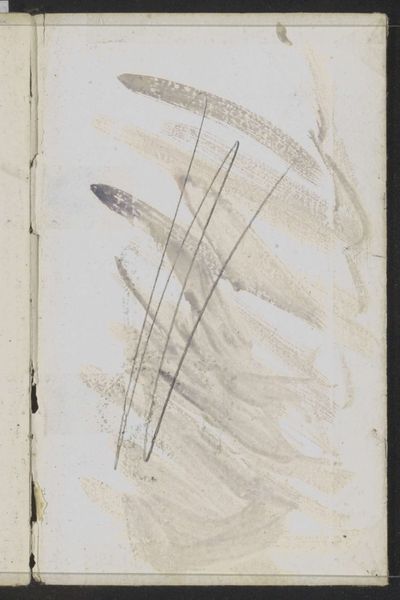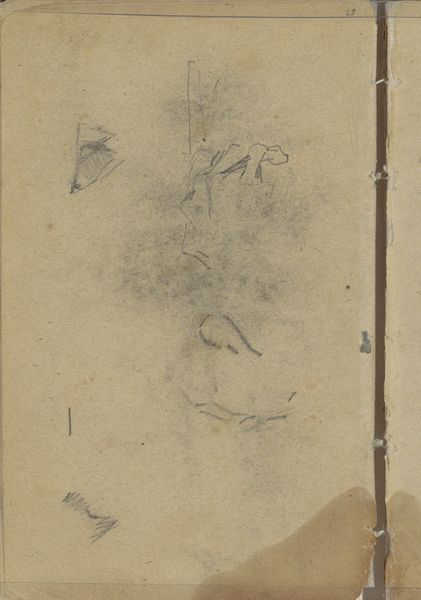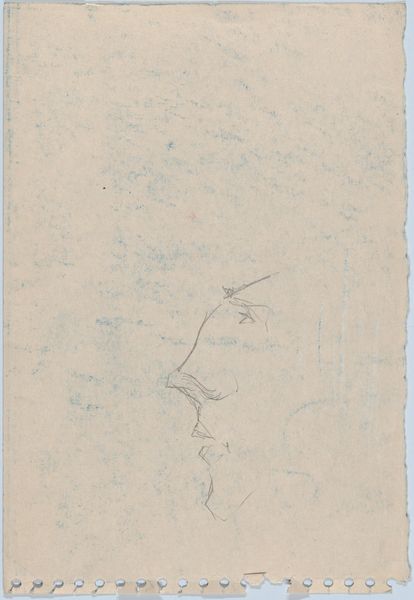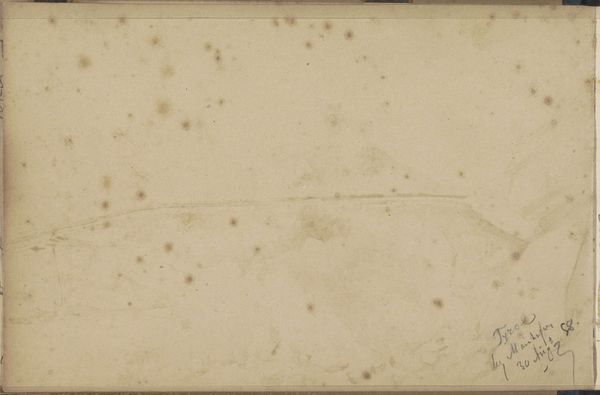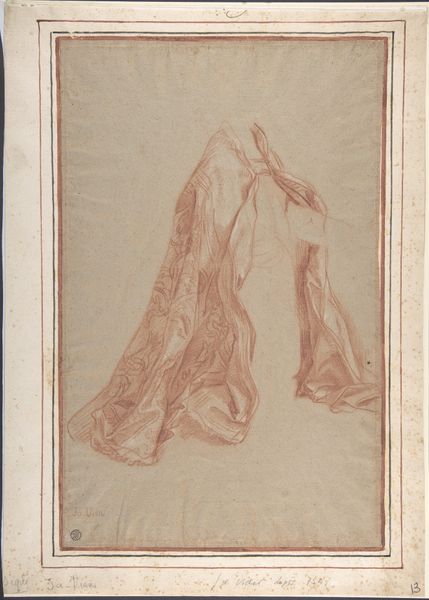
drawing
#
photo of handprinted image
#
drawing
#
natural stone pattern
#
toned paper
#
water colours
#
white palette
#
possibly oil pastel
#
underpainting
#
watercolour bleed
#
watercolour illustration
#
watercolor
Dimensions: overall: 79.5 x 49.5 x 15 cm (31 5/16 x 19 1/2 x 5 7/8 in.)
Copyright: National Gallery of Art: CC0 1.0
Curator: This intriguing artwork, simply titled "Nebula", was created in 1982 by Adela Matasova. It seems to be a drawing using watercolors, and perhaps oil pastels on toned paper. Editor: My immediate response is one of quiet contemplation. The piece exudes a certain ethereal stillness, almost meditative. There is an abstract quality, but the lines suggest movement pulling toward the center. Curator: Indeed, that vortex-like center draws the eye. What is fascinating here is that while abstract, we might consider Matasova's piece within a feminist art history. During this period, many women artists were exploring abstraction as a space to disrupt traditional, patriarchal visual languages. It opens questions: is she pushing us beyond representational modes into a realm of pure sensation and experience, perhaps even the female experience? Editor: I agree, that’s a potent way to frame the reading. Thinking more about the historical context of the '80s, I’m struck by the economic difficulties being experienced across Eastern Europe at the time. Consider the scarcity of materials: the muted tones and minimalist approach perhaps weren't purely aesthetic choices but may speak to socio-political conditions in which artists had to innovate within constraints. Could the toned paper be a found material? Curator: Precisely, that element of constrained creativity lends another layer to our reading. We can push it further and analyze how Matasova's background could inform the subject and medium used. She's engaging with a vocabulary of limitation, which is in itself, a very strong, charged statement. How are those economic limitations experienced differently across social groups or, crucially, genders? Editor: And how do those economic realities influence the reception and presentation of her art in different national and international exhibition contexts? Thinking about the very literal 'materiality' is revealing. Are those constraints visible in other female artists’ work in Czechoslovakia or nearby countries? Curator: Yes, comparing Matasova to her peers will reveal new meaning. What does this art say when the institution of art makes these social conditions visible in the artwork displayed? Editor: Considering its context gives the work such power, so different from my first impression of ethereal calm. Curator: Agreed. I initially saw only soft quiet. Considering it with a feminist perspective, the calm I find now seems a quiet but forceful act of resistance against dominant narratives.
Comments
No comments
Be the first to comment and join the conversation on the ultimate creative platform.
